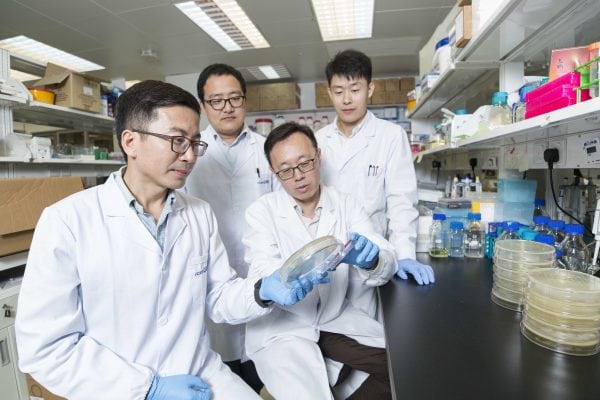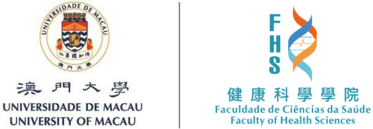 Research teams from the University of Macau (UM) recently developed an eco-friendly antibiotic. Currently, antibiotics are being discharged irresponsibly by pharmaceutical manufacturing plants and hospitals, which has led to the development and spread of antibiotic resistant bacteria. The research study aims to address this problem by developing a new type of antibiotics. The related paper has been published in Chemical Communications, a prestigious international journal in the field published by the Royal Society of Chemistry.
Research teams from the University of Macau (UM) recently developed an eco-friendly antibiotic. Currently, antibiotics are being discharged irresponsibly by pharmaceutical manufacturing plants and hospitals, which has led to the development and spread of antibiotic resistant bacteria. The research study aims to address this problem by developing a new type of antibiotics. The related paper has been published in Chemical Communications, a prestigious international journal in the field published by the Royal Society of Chemistry.
It has been suggested that irresponsible antibiotics discharge from pharmaceutical manufacturers is one of the main reasons why antibiotic resistant bacteria are spreading in many countries. Large quantities of antibiotics have been discharged by manufacturing plants into the environment without further processing or deactivation. While governments around the world should enforce tighter control of manufacturing plants in this respect, scientists from UM have conducted a research study to explore the possibility of stemming environment pollution once for all through activatable antibiotics. The study was jointly conducted by a research team led by Dr Zheng Jun from the Faculty of Health Sciences and another research team led by Dr Wang Ruibing from the Institute of Chinese Medical Sciences. Their antibiotic includes an ‘antibiotic precursor’ and an ‘activator’ . The antibiotic precursor itself does not have any antibacterial activity and therefore will not promote antibiotic resistance even if discharged into the environment. For this reason, the teams name their antibiotic ‘eco-friendly antibiotic’. However, the antibiotic precursor can be formulated into an active antibiotic with a simple mixing procedure either before or during administration.
In the research study, as a proof of concept, a low molecular weight polycation polyethylenimine (PEI) was designed as the inactive antibacterial precursor. CB[8] (self-inert, no antibacterial activity, chemically called supramolecular crosslinker), was used as the activator to crosslink PEI, and precisely tune its activity. Moreover, the activated antibiotic can be de-activated by a simple addition of the de-activator. This design was validated by using four different bacterial strains, and the mechanism of this design is that hyperbranched high-molecular-weight polycations may offer more cationic groups as a crosslinked network to interact with the phospholipids of bacteria via its rearrangement.
For more information about the research article, please visit: http://pubs.rsc.org/-/content/articlehtml/2017/cc/c7cc02466e
For Chinese version, please visit here

